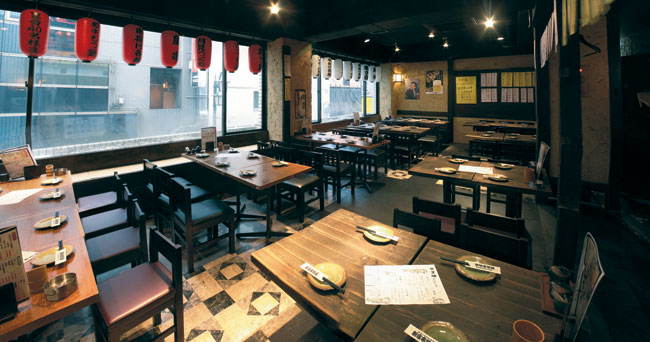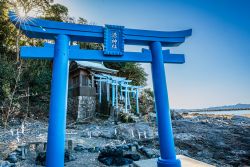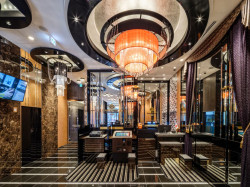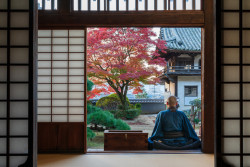
Originally published on metropolis.co.jp on May 2010

Photo by Keigo Moriyama
Tokyo is one of those places where you never feel comfortable saying “been there, done that.” Just when you begin to feel like you’ve seen it all, a peek around the corner reveals a new, untapped pocket of the city.
Such was the case on a recent evening, as we wandered through the same-old of Shinjuku’s east exit and over to Sanchome. Turning into a side street by Shinjuku-Sanchome station, we stopped in surprise at the mini-Kabukicho of izakaya and bars stretching out before us. Even our companion, a veteran of the district, commented, “I had no idea all this was here!”
Our destination on this evening was a down-home little place called Kushimonoya. Not exactly the most prepossessing of names, perhaps, but this restaurant delivers exactly what it promises—straightforward, no-frills kushi mono (literally “skewered stuff”).
The atmosphere inside is steeped in old-school izakaya charm. Sturdy, slightly battered dark wooden tables fill the room, while Showa-era ad posters adorn the rough stucco walls and bright red lanterns add a touch of matsuri gaiety. Two alcove booths offer the most appealing seats, though on the night of our visit they were already occupied by cozy young couples. We joined the after-work crowd at the tables lining the wall of windows—a bit on the cramped side, but good for people-watching on the street below.
After placing our orders for the requisite toriaezu beer (¥380), we turned our attention to the daunting array of fried and grilled skewers. Seasoned yakimono lovers know to begin with a few selections from the osusume menu. We started off with Kushimonoya’s most popular item, the shodai kushi
“King” (¥380), an enormous double skewer of chunks of chicken and negi. The meat was smoky and tender, reminiscent of cookouts back home.
We followed that up with some tomato and asparagus niku-maki (¥200 each), slightly more gourmet creations that are usually good indicators of quality. Kushimonoya’s asparagus version passed the test—crisp vegetable, juicy pork and just the right amount of salt—but the slightly bland tomatoes didn’t quite measure up. The fried salmon (¥150) and ebi (¥200) were similarly mediocre, and a bit overdone, leading us to avoid the fried items for the rest of the evening.

All is not skewered at Kushimonoya, so our companion decided to spice things up a bit with an aburi-maguro and tororo salad (¥680)—and while goopy tororo isn’t our cup of tea, he seemed to enjoy the dish. We briefly contemplated ordering a healthier option, but then spotted one of our favorite phrases in the Japanese language. A word of advice: whenever you see “maguro hoho-niku” written on a menu, order it. Tuna cheek is one of the most succulent, almost steak-like portions of the fish, and Kushimonoya’s thick, juicy skewer (¥220) was no exception.
By that time we were ready to throw in the towel, although the stick of hotate wrapped in salmon (¥380) that arrived at a neighboring table made our mouths water in regret. Maybe next time we’ll ask our date to take us to Kushimonoya’s slightly more upscale sister restaurant in Akasaka.







